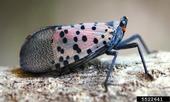
Every year, invasive pests cause billions of dollars of damage to California agricultural systems and natural areas. These pests can be weeds, plant pathogens, insects, vertebrates, shellfish and other aquatic species. There are many invasive species of concern in our state including yellow starthistle, brown marmorated stink bug, and Asian Citrus Psyllid. Additionally, agencies such as the California Department of Food and Agriculture monitor the status of potential pests that may be introduced to...
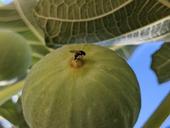
The black fig fly is a new invasive species recently found in Southern California. It has been found in fig orchards in Los Angeles, Orange, Riverside, Santa Barbara, San Bernardino, San Diego, and Ventura counties. This small insect attacks only figs and prefers unripe or unpollinated fruit. The adult female lays eggs inside the fig (Figure 1). The larvae that hatch inside the fig damage the fruit by feeding on it (Figure 2). The larvae will make their way out of the fruit, drop to the soil and pupate. Some may pupate inside the fig.
What can you do?
To prevent the spread of this pest, don't move figs out of the counties known to have the black fig...
- Author: Beatriz Nobua-Behrmann
- Author: Randall Oliver
- Posted by: Elaine Lander
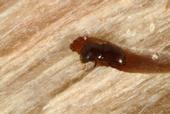
Two identical looking species of wood-boring beetles, collectively known as invasive shothole borers (ISHB), have killed thousands of trees in Southern California and pose an ongoing threat to California's urban and wildland forests. These beetles, which are not native to the United States, were first identified in Los Angeles County in 2012 and have since spread to six other counties: Orange, Riverside, San Bernardino, San Diego, Santa Barbara, and Ventura.
Beetles, Fungus, and Impact
The polyphagous shothole borer (Euwallacea fornicatus) (Figure 1) and the Kuroshio shothole borer (Euwallacea kuroshio) are small ambrosia beetles that have a symbiotic relationship with several species...
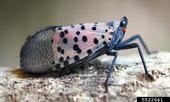
California Invasive Species Action Week began Saturday, June 5 and runs through Sunday, June 13, 2021. Increasing public awareness of invasive species and their impacts helps protect our natural resources, waterways, native species, agriculture, and health.
UC IPM has several resources on exotic and invasive species as well as information on specific pests both present in California as well as pests that have a high...
- Author: Karey Windbiel-Rojas
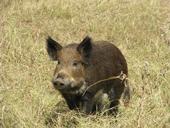
Invasive pests threaten California's natural environments, agricultural production,


